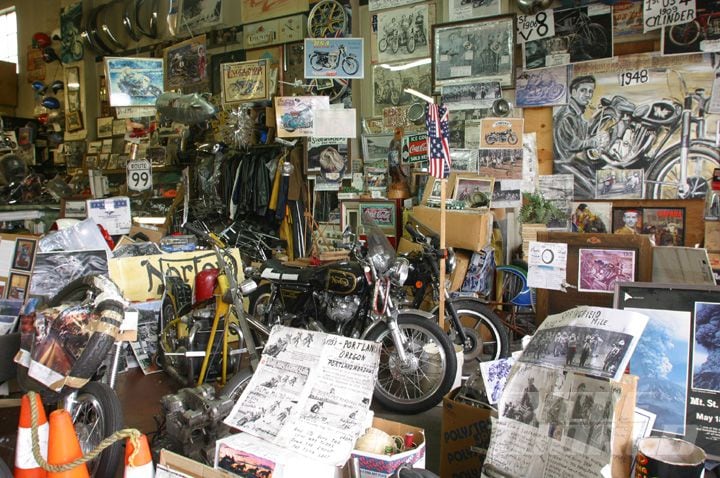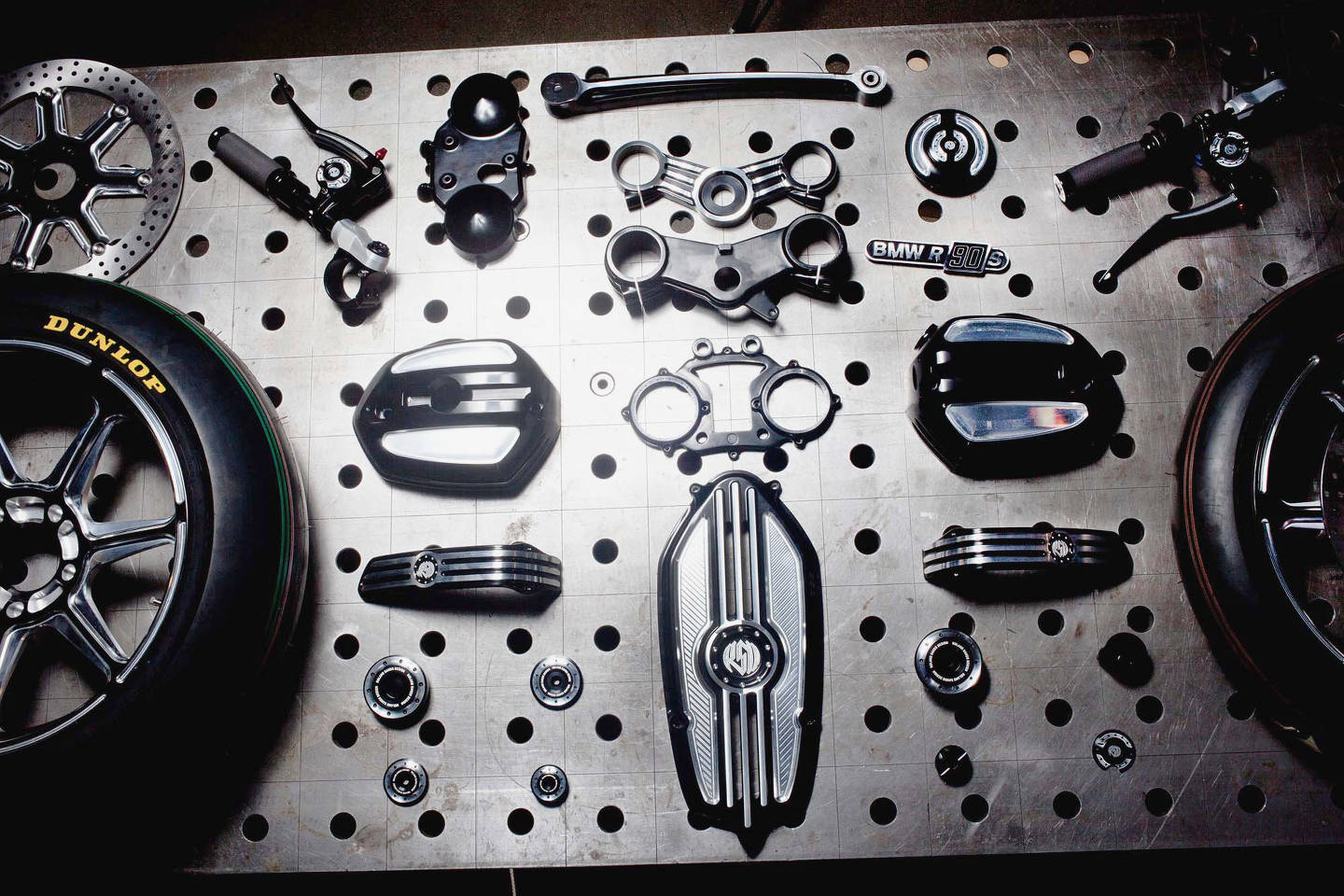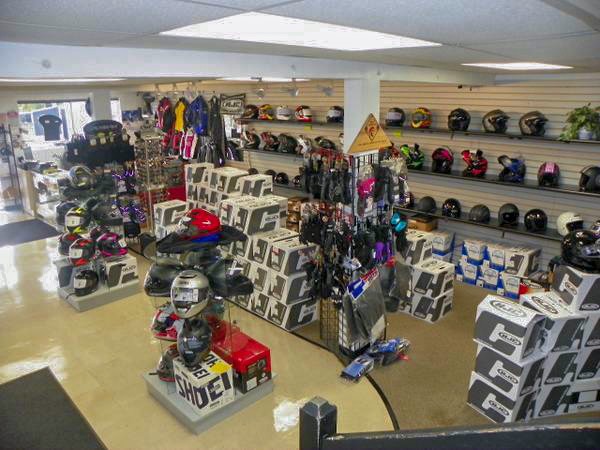A Comprehensive Look at Bike Parts: What Every Rider Must Know
A detailed understanding of motorcycle components is not simply advantageous but crucial for any kind of biker intending to optimize performance and security. Each component, from the engine's intricate operations to the dependability of brake systems, plays a crucial role in the total experience and performance of the bike. Past simply recognizing what these parts do, it is important to appreciate just how they interact and support one another. This interconnectedness can make the difference between a smooth experience and unforeseen complications. What ins and outs exist within this mechanical symphony that every biker should master?
Recognizing the Engine
The engine, often considered the heart of a motorcycle, is a complex setting up of elements that function in consistency to transform gas into movement. At its core, the engine's primary function involves the combustion process, where air and gas mix and ignite within the cyndrical tubes, causing regulated explosions that drive the pistons. These pistons go up and down, converting chemical energy into power, which ultimately transforms the crankshaft, ultimately powering the bike.

Understanding the complexities of a bike engine is crucial for lovers and motorcyclists alike. It not just offers insight right into just how bikes achieve their excellent power and rate however also aids in efficient maintenance and troubleshooting, guaranteeing long life and reliability on the road.
Suspension Systems
While the engine powers the bike, the shock absorber plays a vital role in guaranteeing a smooth and controlled adventure. The suspension system is in charge of taking in shocks from the road surface area, preserving tire contact, and offering security during cornering and braking. It makes up 2 major components: the front forks and the back shock absorbers.
Front forks are typically telescopic, having a springtime and moistening system. The springtime prolongs and presses to soak up bumps, while the wetting mechanism manages the activity to stop too much jumping. This mix makes certain the front wheel remains in call with the road, using premium handling and comfort.
The back suspension, typically a monoshock or twin-shock configuration, works similarly to the front suspension but is tailored to support the bike's weight and rider - motorcycle shop. It takes care of back wheel motion, contributing to the bike's total equilibrium and responsiveness
Shock absorber can be adjustable, allowing motorcyclists to make improvements preload, compression, and rebound setups according to individual choices and riding problems. This adjustability improves performance by maximizing the motorbike's interaction with diverse surfaces. In recap, a reliable shock absorber is crucial for cyclist convenience, security, and the motorcycle's managing prowess.
Brake Components
Quiting power is a basic facet of bike safety, and it rests on the performance of the brake elements. The primary aspects of a bike's braking system include the brake pads, calipers, blades, and master cylinder. motorbike shop. Each of these parts plays a vital role in ensuring efficient stopping performance
Brake pads are essential as they develop the required rubbing against the blades to slow down or quit the motorcycle. Created from products such as sintered steel or organic composites, the option of brake pad product dramatically affects performance and longevity. Calipers, housing the brake pads, use pressure to the pads when the brake bar is engaged, facilitating call with the rotors.
The blades, commonly made from stainless-steel or cast iron, are placed to the wheels and act as the surface versus which the brake pads press. Their style, consisting of size and density, influences warm dissipation and stopping power. The master cylinder, connected to the brake bar, generates hydraulic stress transferred with brake lines to the calipers, making sure consistent stopping pressure.
Normal maintenance and examination of these components are important for optimum efficiency, protecting against wear and making sure cyclist safety when traveling.
Tire Fundamentals
Beyond keeping durable braking systems, making sure optimal tire performance is similarly considerable for motorcycle safety and efficiency. Tires are the sole call factor between the road and the motorcycle, making their problem essential in managing, stability, and general experience quality. Selecting the ideal tire kind is vital, as it straight affects traction and performance. Options vary from visiting to sporting activity tires, each created to fit particular riding problems and styles.

In addition, consider the tire's age. Rubber compounds break down gradually, also if tread appears appropriate. Examine the sidewall for the DOT (Department of Transportation) code to ascertain the tire's age. Typically, substitute is suggested every five years, regardless of wear. Investing focus in these tire basics not only maximizes efficiency yet additionally significantly enhances riding safety.
Electrical Solutions
In the world of motorcycle maintenance, the electric system plays a crucial duty in making certain dependable performance and biker security. This complex network includes crucial elements such as the battery, generator, starter motor, and electrical wiring harness. Each aspect is vital for the seamless procedure of the motorbike, from ignition to lighting and interaction with different sensing units.
The battery functions as the heart of the electrical system, giving the needed power to begin the engine and run accessories. Frequently checking the battery's voltage and terminals for deterioration is important to stop unforeseen failures. The generator, on the other hand, reenergizes the battery while the engine is running, making sure a constant power supply.
The starter electric motor is accountable for initiating engine procedure, investigate this site converting electrical power into mechanical power. To maintain it, cyclists ought to take note of any type of unusual sounds or difficulties during start-up. At the same time, the circuitry harness serves as the vehicle's anxious system, attaching all electrical elements. Guaranteeing that the cords are intact and complimentary from damages is vital for guaranteeing and stopping short circuits capability.
Conclusion

Quiting power is an essential facet of motorbike safety, and it view pivots on the efficiency of the brake parts. The key components of a motorcycle's stopping system include the brake pads, calipers, rotors, and master cyndrical tube.Brake pads are necessary as they create the needed rubbing against the blades to slow down or quit the motorcycle.Beyond preserving durable stopping systems, ensuring ideal tire efficiency is equally substantial for motorcycle security and efficiency.In the realm of motorbike upkeep, the electrical system plays a crucial function in ensuring trusted performance and motorcyclist safety and security.
Comments on “Your Go-To Motorbike Shop for Quality Parts and Accessories”